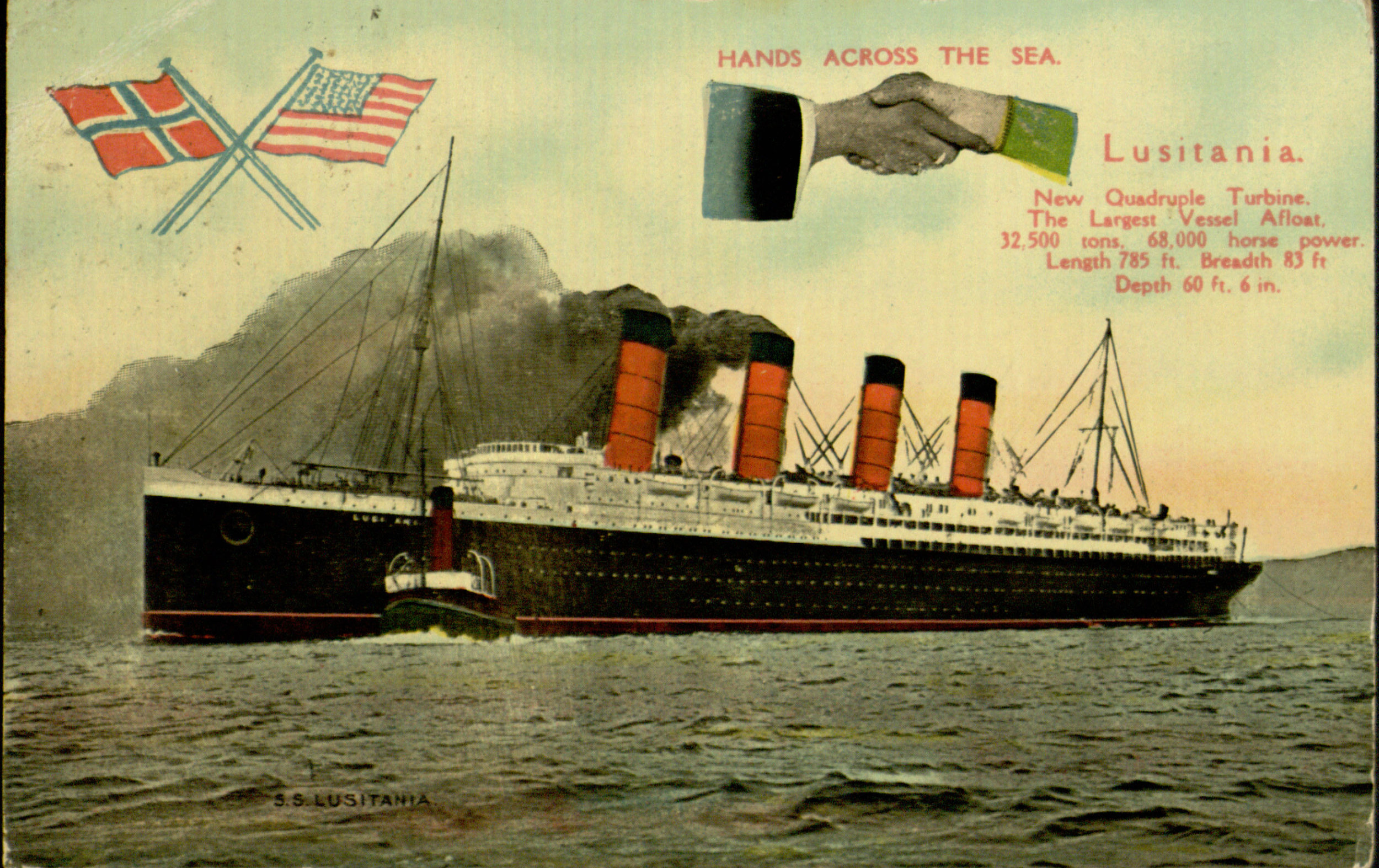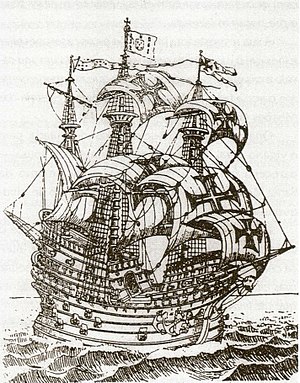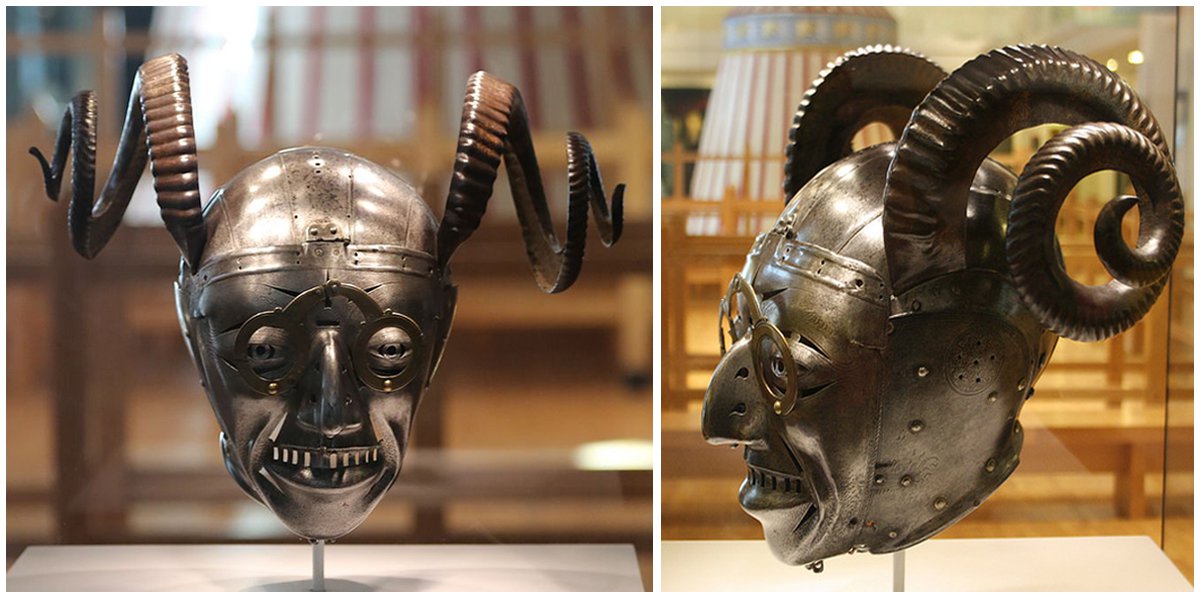Paleontologists Discover New Dinosaur in Africa!
/Reconstruction of the new titanosaur and the landscape in which it lived, in what is now Tanzania.
Credit: Mark Witton, www.markwitton.com
Eureka! Paleontologists found a new dinosaur! Well, a new species of the already-known long-necked Titanosaurian sauropod dinosaur. They're calling it Shingopana songwensis. "Shingopana" is Swahili for "wide neck" and "Songwe" is the region it was unearthed from in Africa.
Now, Titanosaur bones are mostly found in South America, but discovering this one in Africa's southwestern Tanzania is a rare find.
Excavation of Shingopana songwensis showing ribs and other bones being prepared for plaster-jacketing.
Credit: Nancy Stevens
Actually, part of this new dinosaur fossil was excavated by the Rukwa Rift Basin Project in 2002, leaving the vertebrae, ribs, humerus, and lower jaw for later recovery.
Scientific testing revealed the Singopana were genetically closer to South American titanosaurs than any other found around the world.
"There are anatomical features present only in Shingopana and in several South American titanosaurs, but not in other African titanosaurs," said lead paper author Eric Gorscak, a paleontologist at the Field Museum of Natural History in Chicago. "Shingopana had siblings in South America, whereas other African titanosaurs were only distant cousins."
During the earthquake-active Cretaceous Period, Madagascar broke off from southern Africa, with South America gradually splitting off from south to north over 95-105 million years. This divided the dinosaur populations into separate continents where they adapted to different environments.
"This discovery suggests that the fauna of northern and southern Africa were very different in the Cretaceous Period," said Judy Skog, a program director in NSF's Division of Earth Sciences, which supported the research. "At that time, southern Africa dinosaurs were more closely related to those in South America, and were more widespread than we knew."
As an extra bonus, these Shingopana bones also had tiny tunnels bored through them from ancient insects, giving researchers another rare opportunity to reconstruct the time of death and insights into the ancient dinosaur food chain.
The Journal of Vertebrate Paleontology, funded by National Science Foundation, published this research in August 2017.
The study was also funded by the National Geographic Society, Jurassic Foundation, Paleontological Society, Ohio University Student Enhancement Award, Ohio University Original Work Grant, Ohio University Heritage College of Osteopathic Medicine, Ohio University Office of the Vice President for Research and Creative Activity, and James Cook University.
Sources:
https://www.nsf.gov/news/news_summ.jsp?cntn_id=242862&org=NSF&from=news


















































































